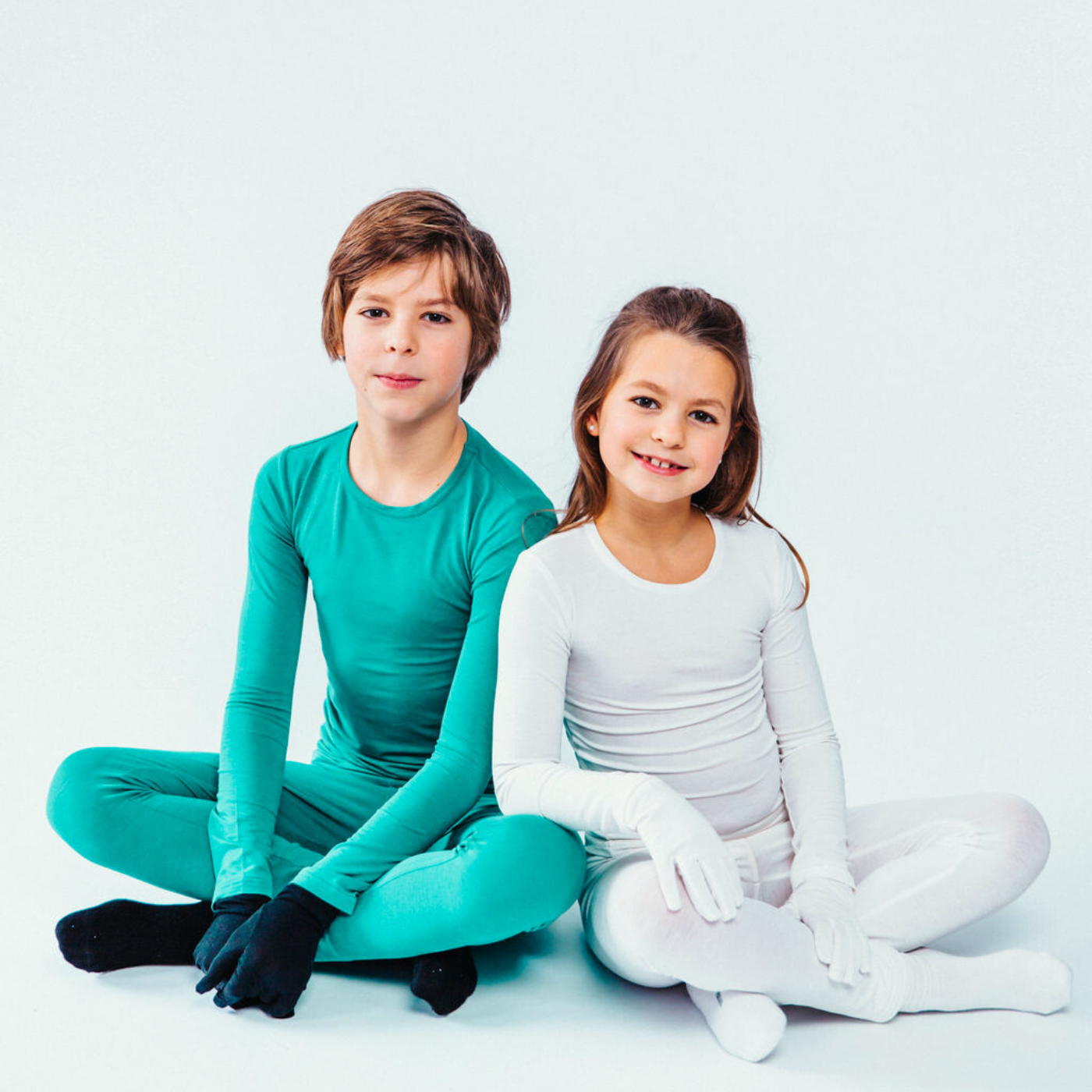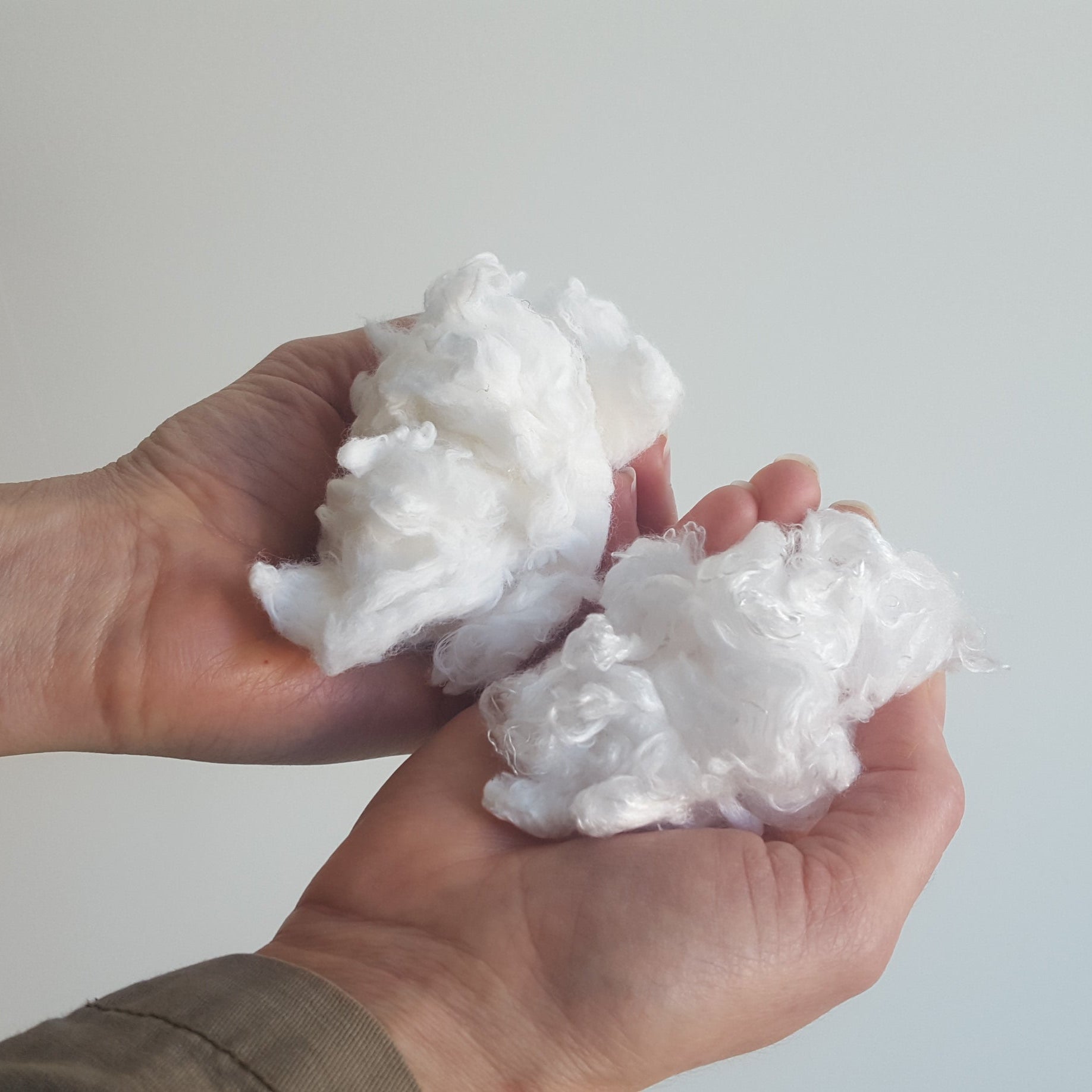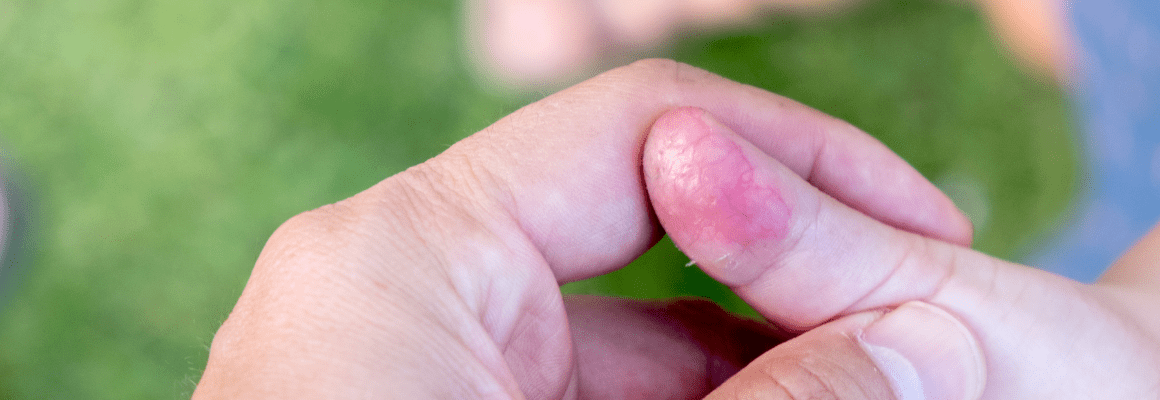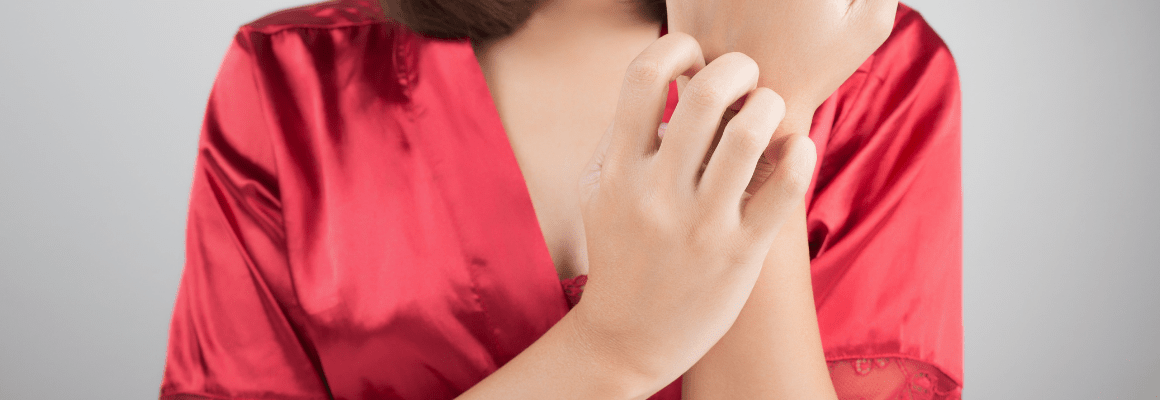Eczema is an umbrella term to describe a group of inflammatory skin conditions characterized by dry, itchy patches. There are several different types of eczema with the most common ones being atopic dermatitis, seborrheic dermatitis, and contact dermatitis.
In this blog post, we’re going to focus on a type of eczema known as Dyshidrotic Eczema. Read on to discover symptoms and best methods for treating eczema blisters naturally from the inside out.
What Is Dyshidrotic Eczema?
Dyshidrotic eczema is a type of eczema characterized by tiny blisters that develop on the palms of the hands and soles of the feet. It’s also common for the blisters to appear along the side of the fingers. For this reason, it’s also known as foot-and-hand eczema.
Dyshidrotic eczema blisters tend to be itchy and may be filled with fluid. This type of eczema typically occurs in people aged 20 to 40, and tends to occur more frequently in women.
Symptoms of Dyshidrotic Eczema
The blisters associated with dyshidrotic eczema usually develop in clusters. You may notice that in addition to the blisters, the affected area may be tender to the touch and skin may be cracked on fingertips or elsewhere and may be red. Symptoms may come and go over periods of time but usually the blisters go away after 2-3 weeks.
Keep in mind that symptoms may vary in severity from person to person. In severe cases, relentless scratching can lead to infection. Day to day life can be significantly affected as the blisters may make it painful to walk and difficult to type, cook, or use your fingers in other capacities.
Causes of Eczema Blisters
As with all types of eczema, doctors and researchers aren’t sure of the exact cause. Instead, eczema is linked to a variety of genetic and environmental factors. This means that those with a family history of dyshidrotic eczema are more likely to suffer from it, as well as those who suffer from seasonal allergies such as hay fever. Other factors that increase the risk of developing the condition or experiencing flare ups are stress, humid temperatures, HIV infection, and contact with metals like nickel, cobalt, or chromium salts.
People who work in jobs such as healthcare or hairstyling may be at increased risk as their work requires their hands to frequently get wet or moist.
Treating Eczema Blisters Naturally
While there is no cure for dyshidrotic eczema, there are ways to manage symptoms and make life more comfortable. Part of treating the conditions comes from knowing your triggers and maintaining a natural skin care routine. Here are some of our recommendations:
Apply a Soothing Moisturizer: We love this Organic Manuka Honey Skin Soothing Cream because it’s made with just 6 ingredients, including Manuka honey, organic olive oil, and beeswax. All ingredients were handpicked because of their known soothing abilities. This oil-based balm is sure to soothe your itchy skin without any burning or stinging. Enjoy its buttery texture and sweet, honey smell!
Calm your Mind: As stress is one of the top triggers for eczema, don’t underestimate the importance of calming your mind. Even just fifteen minutes of meditation each day can help tremendously. Other ways to relax and unwind can include reading a book, going for a leisurely walk, listening to your favorite podcast or album, and journaling.
Wear Eczema Friendly Clothing - To soothe eczema blisters on your feet, we suggest you try these socks from Remedywear™ available for adults and kids. Made with TENCEL and embedded with anti-inflammatory zinc, they help reduce itching and heal foot blisters and rashes. For an extra boost of effectiveness, wear overtop the Organic Manuka Skin Soothing Cream mentioned above.
Stop Scratching - Preventing scratching is easier said than done. To help yourself out, we recommend keeping your fingernails cut short and protecting your hands with these Remedywear™ Gloves for kids and adults. Soft and breathable, they’re perfect for wearing during the day or at night when you have less control over your actions. Their natural-moisture wicking properties help prevent sweaty irritation or chafing.
References:
https://nationaleczema.org/eczema/types-of-eczema/dyshidrotic-eczema/
https://www.healthline.com/health/dyshidrotic-eczema
https://www.webmd.com/skin-problems-and-treatments/eczema/dyshidrotic-eczema










